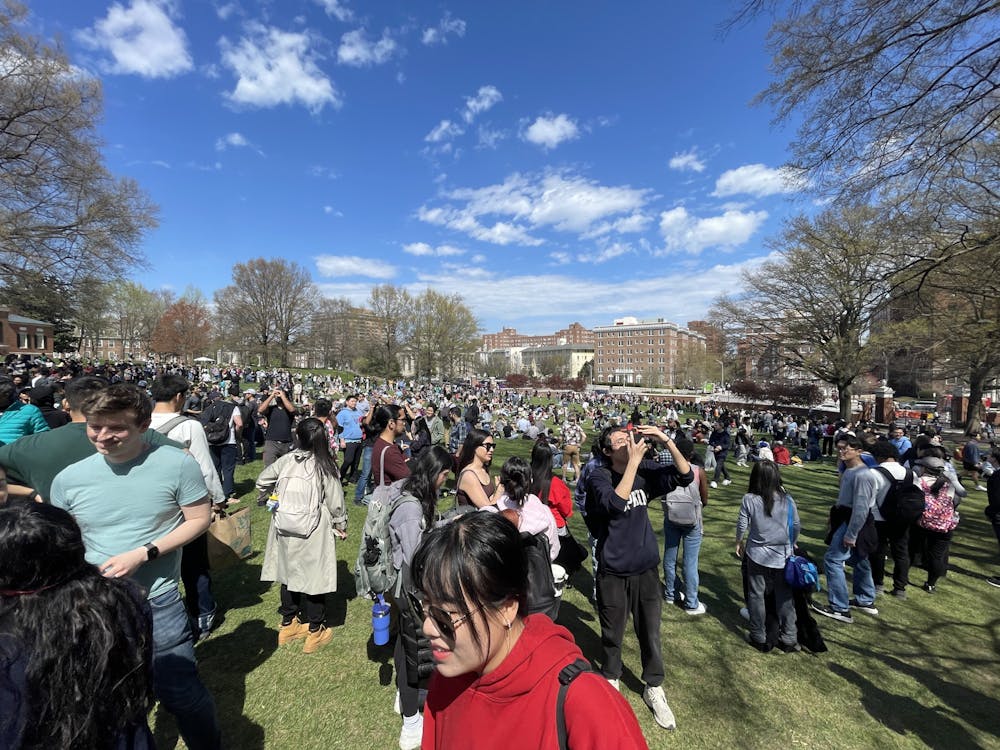According to the U.S. Department of Health & Human Services, an average of 18 people die each day while waiting for an organ transplant. Instead of relying solely on people to donate organs to recipients, imagine if scientists could construct the necessary organs using readily available materials. Fortunately, this science fiction fantasy may soon become a viable reality for patients who require heart transplants.
On Dec. 2, 1982, Barney Clark, a 61-year-old dentist from Des Moines, Wash., became the world’s first recipient of an artificial heart. In the 32 years that have passed, artificial heart technology has undergone significant advances, but the vast majority of artificial hearts developed thus far have been unable to lengthen recipients’ lives for significant periods of time. In fact, these artificial hearts are typically used to assist a failing heart pump blood throughout the body, which means they have primarily served as “bridging” devices to allow patients to survive until they can receive a “real” heart from an organ donor.
On Aug. 5, 2014, a Frenchman with terminal congestive heart failure — whereby the heart is unable to pump blood efficiently throughout the body — received a Carmat heart implant at the hopspital at the University of Nantes. Led by thoracic surgeon Daniel Duveau, the implant surgery was completed in six hours, and the patient was quickly discharged from intensive care afterward. Last week, the 68-year-old patient, who has chosen to remain anonymous, returned home and is now living a “completely normal life”; he is even able to ride a stationary bicycle. Of particular note is that this month marks the six-month anniversary of the patient’s survival using his artificial Carmat heart.
This patient is the second to receive a Carmat heart. The first living human to receive a Carmat heart was a 76-year-old man who received an implant in Dec. 2013 and passed away just 75 days later. Still, this first patient’s survival time of 75 days well surpassed the test success benchmark of 30 days.
Renowned French cardiothoracic surgeon Alain F. Carpentier invented the Carmat heart at the Paris-based Carmat Company, whose mission is to develop a “bioprosthetic total artificial heart.” A total artificial heart is one that replaces the ventricles, or lower heart chambers.
The Carmat heart device features sensors that adapt the body’s blood flow to the patient’s movements, allowing the device to mimic heart muscle contractions. The device is operated by electric motors and is constructed using both synthetic materials and animal tissue (specifically bovine tissue). The use of cow tissue along with manmade materials – particularly in the areas of the heart that come in direct contact with human blood – helps to prevent blood clots, thereby allowing patients to reduce their reliance on anti-coagulants. In addition, unlike previous models of artificial hearts, the Carmat heart is completely self-supporting.
However, the Carmat heart may not be able to completely alleviate the alarming deficit of available heart donations. First, the artificial heart is expensive. A heart will sell at prices ranging from 140,000 to 180,000 euros ($162,000 to $208,000). Second, the Carmat heart is significantly heavier than a normal heart. The artificial heart weighs approximately 900 grams (2 lbs.), which is nearly three times heavier than an average healthy human heart. This enlarged size means that the Carmat heart is slightly too large to be used in females. In fact, the device has only 20 percent compatibility in women, compared to 86 percent in men.
Nevertheless, the Carmat Company has expressed intent to sell the artificial heart device to patients who are ineligible for heart transplants.






















Please note All comments are eligible for publication in The News-Letter.